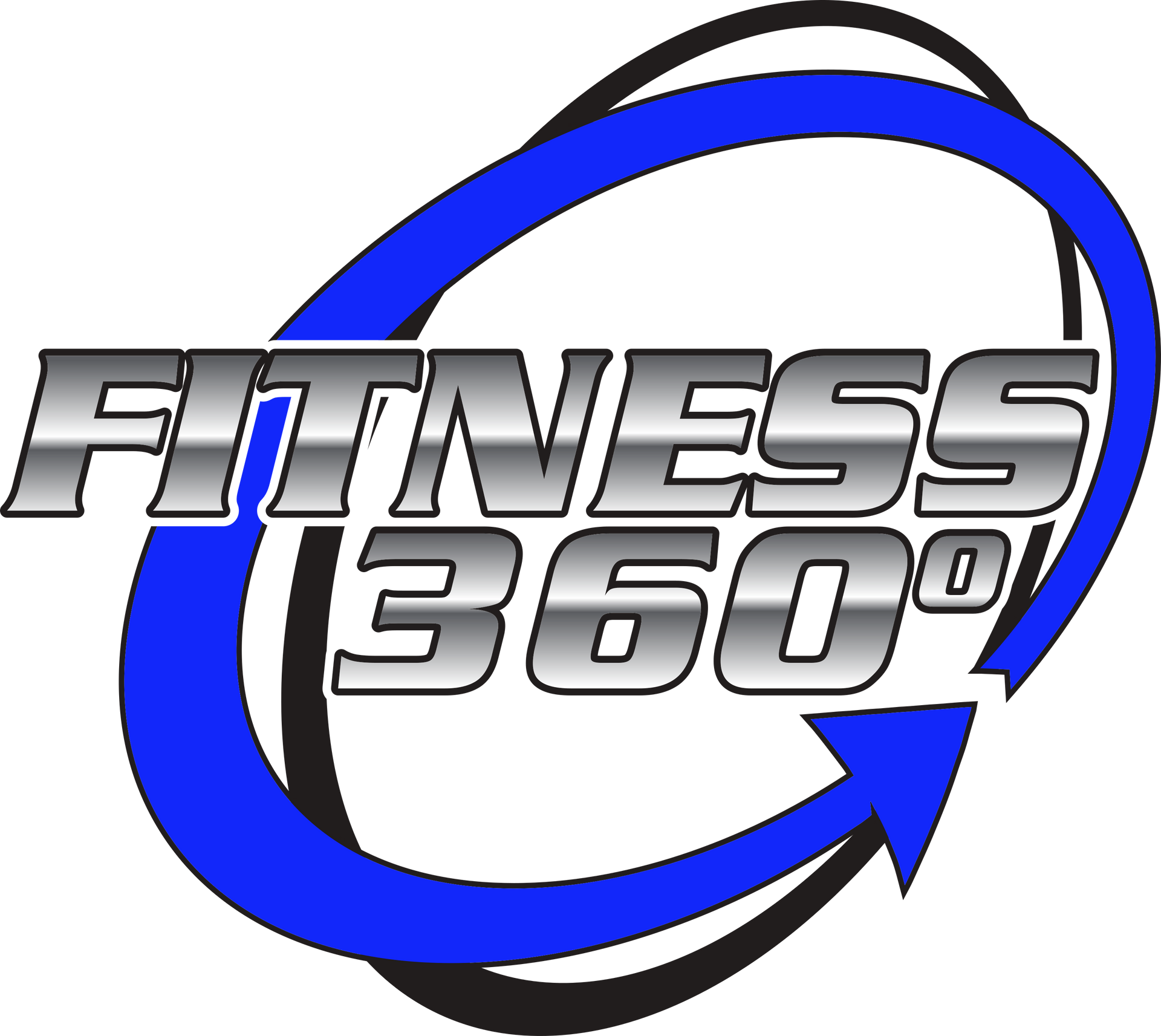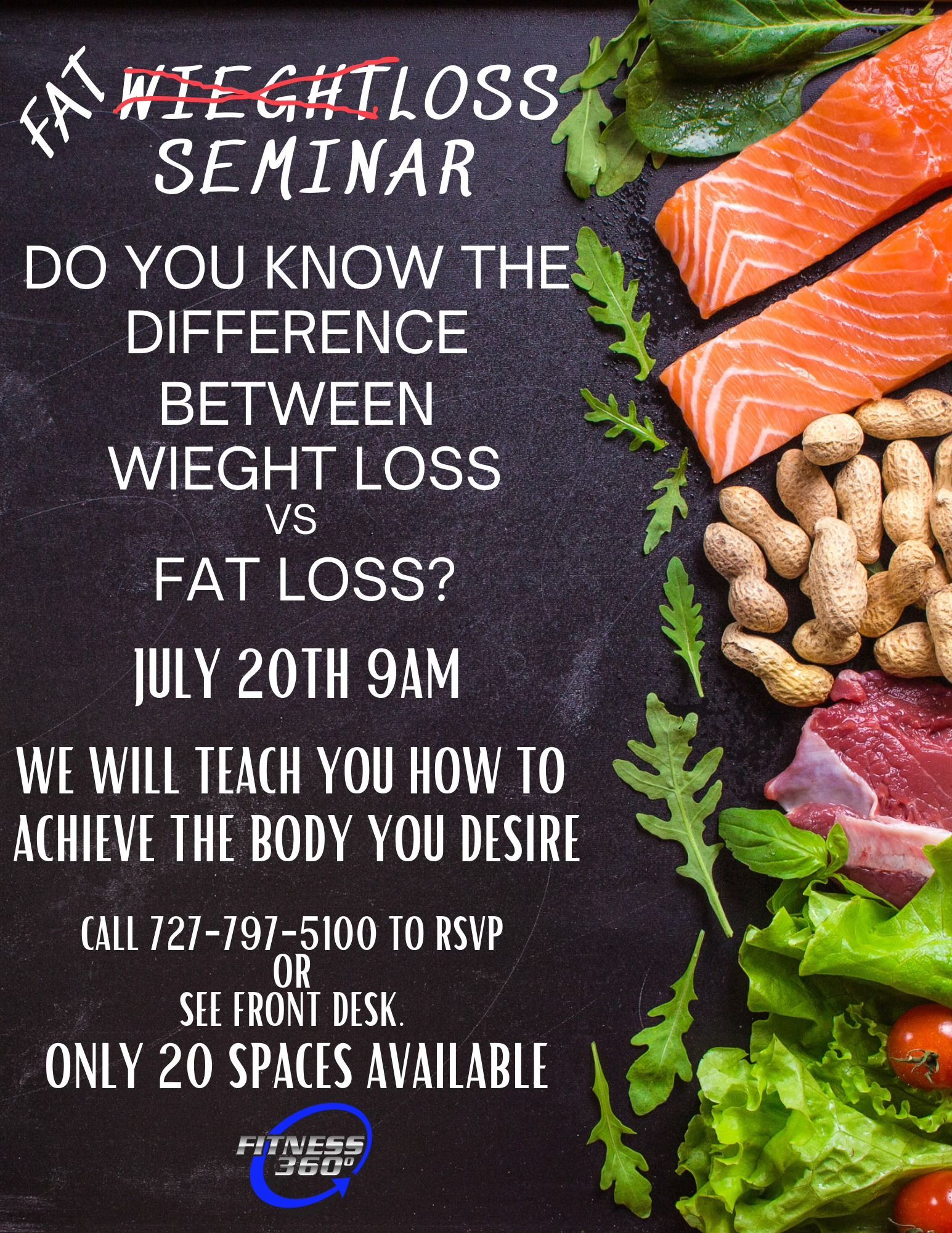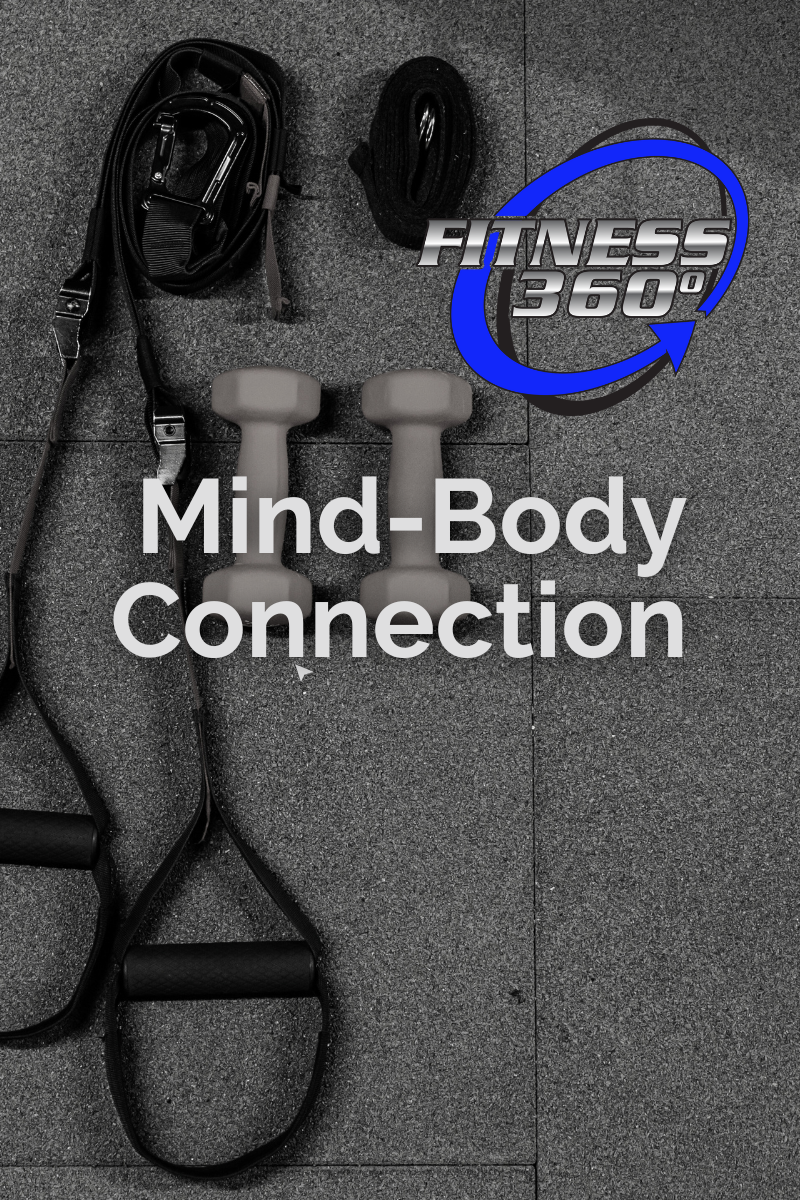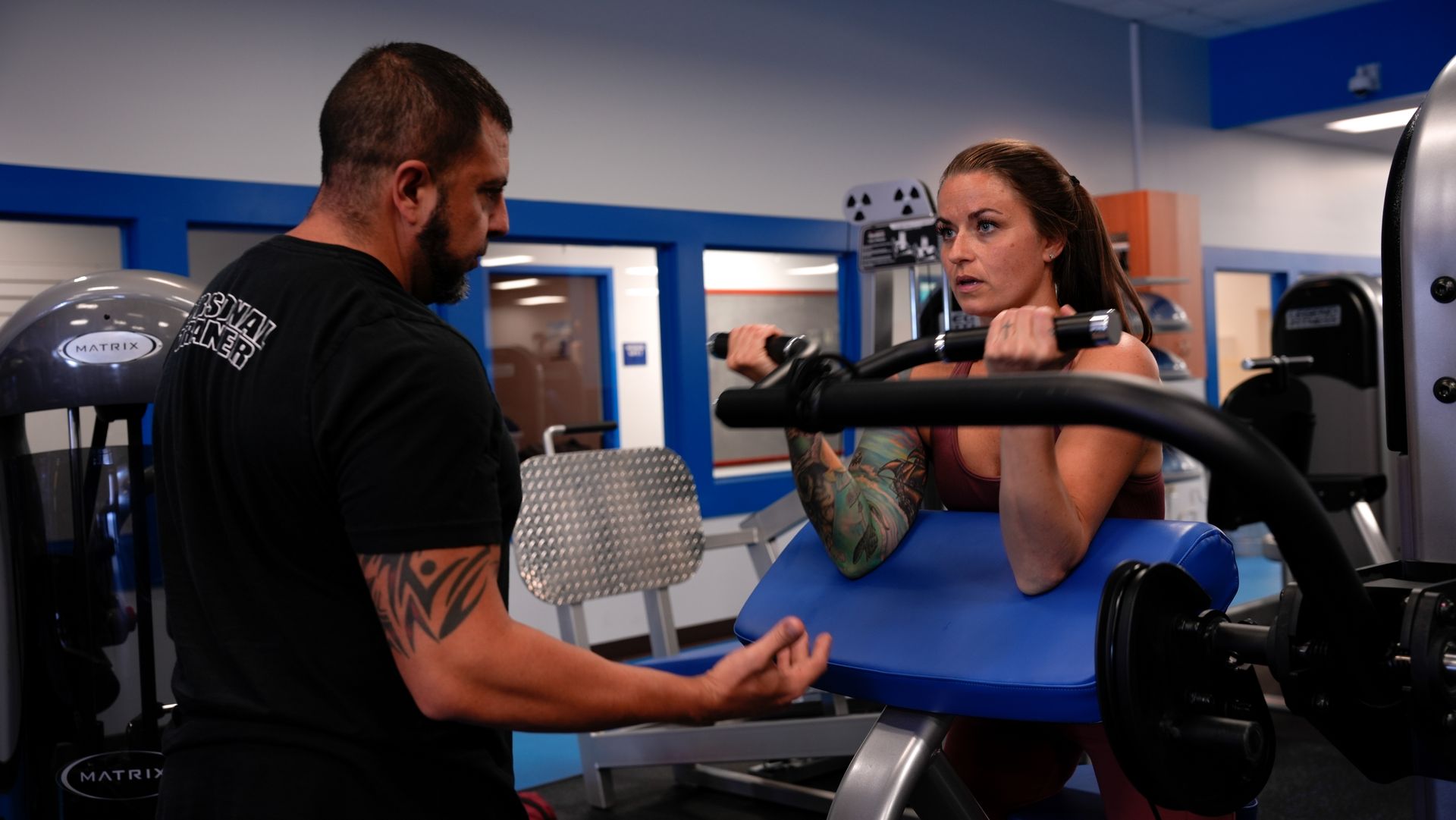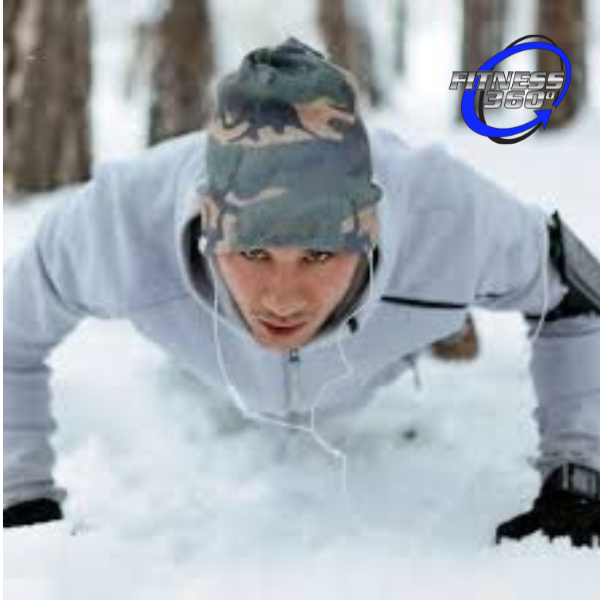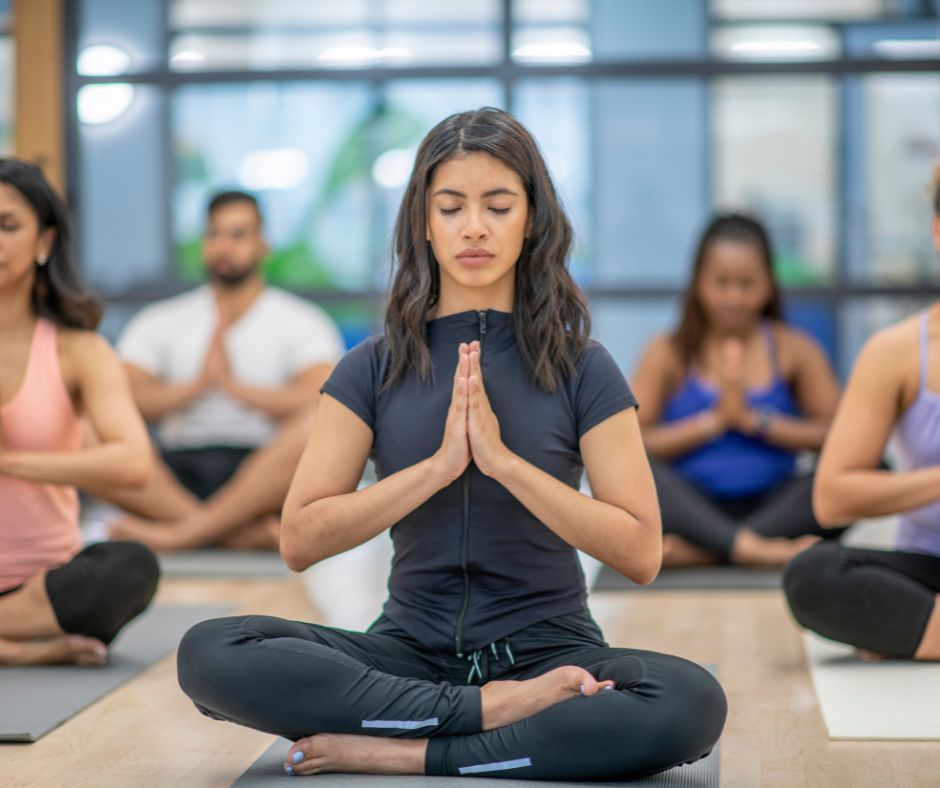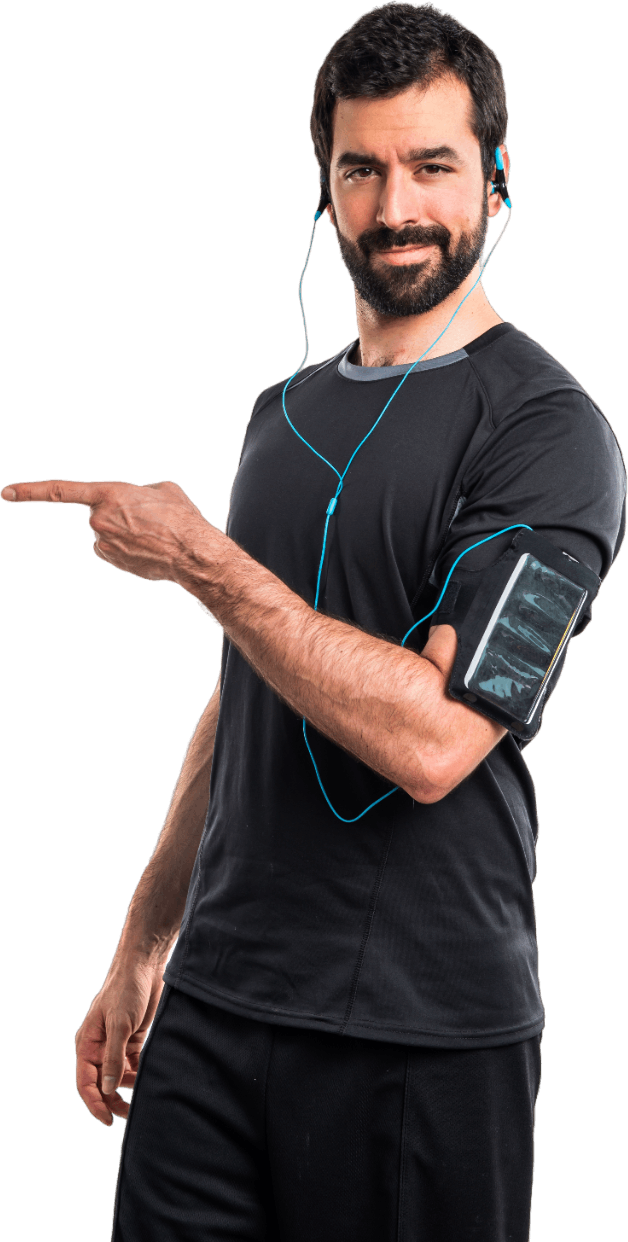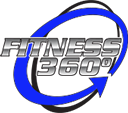Squats: How to Execute Squats with the Proper Form and Technique
What is proper squat form and the benefits of this workout. When working out, whether it be in a fitness center in Palm Harbor or at home, you will likely be doing different workouts to target various areas in your body. As you go through your fitness journey, you will learn about different muscles and […]
The post Squats: How to Execute Squats with the Proper Form and Technique appeared first on Fitness 360.
Fitness 360 • January 8, 2021
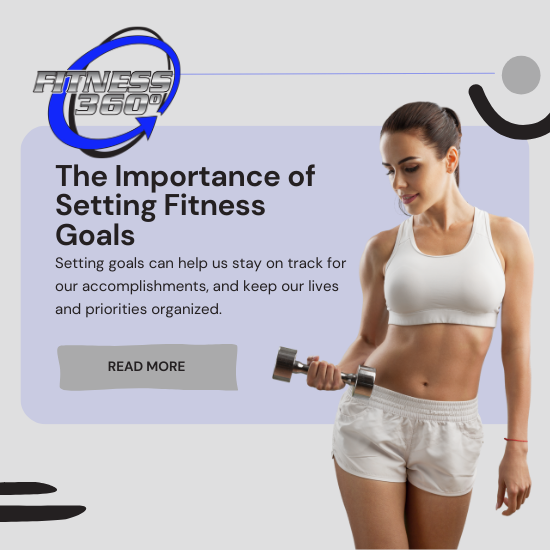
In the pursuit of a healthier and more active lifestyle, setting fitness goals serves as a compass, guiding individuals through their wellness journey. Whether you're a seasoned fitness enthusiast or a newcomer to the world of exercise, establishing clear objectives can make a significant difference in your overall success and well-being.
